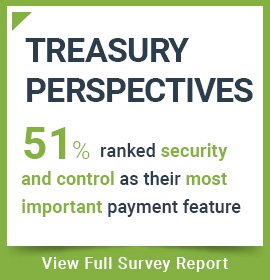In seeking to optimize working capital in an organization, the required balancing of the income statement and balance sheet drivers can be more challenging than meets the eye. This is true of taking or avoiding discounts.
Obviously, taking a discount typically lowers the expenses of an organization but requires a faster outlay of cash. Not taking the discount preserves the capital for some time – but not without expense. Most organizations have set certain levels of when they will take discounts (ie. when the annualized discount exceeds 20%). So far so good.
So how can we know if the company is taking the discounts you want to take?
Ask. Most will ask accounts payable: "So, how are we taking discounts?". The response if often: "We take all discounts". The reality is often quite different.
Verify/Report. The "taken and missed discount report" is usually thought of as a good tool to capture when discounts were often available but not taken by the accounts payable department. This report is based off of the vendor master records. Those vendors that are set up incorrectly (a 2/10, N/30 client is set up as n/30) will not be reported as a lost opportunity.
Verify. You’ve simply got to look at the data. To test this out, pull some invoices and look at the vendor master record terms. This spot check will convince you of the need for a more systematic review.
Optimizing working capital requires competent people. Competent people realize that you must do some of the leg work to see the real picture. Quality control of the vendor master records requires a review process. A/P and working capital management require monitoring of various metrics and report. Verify, even when you trust.





